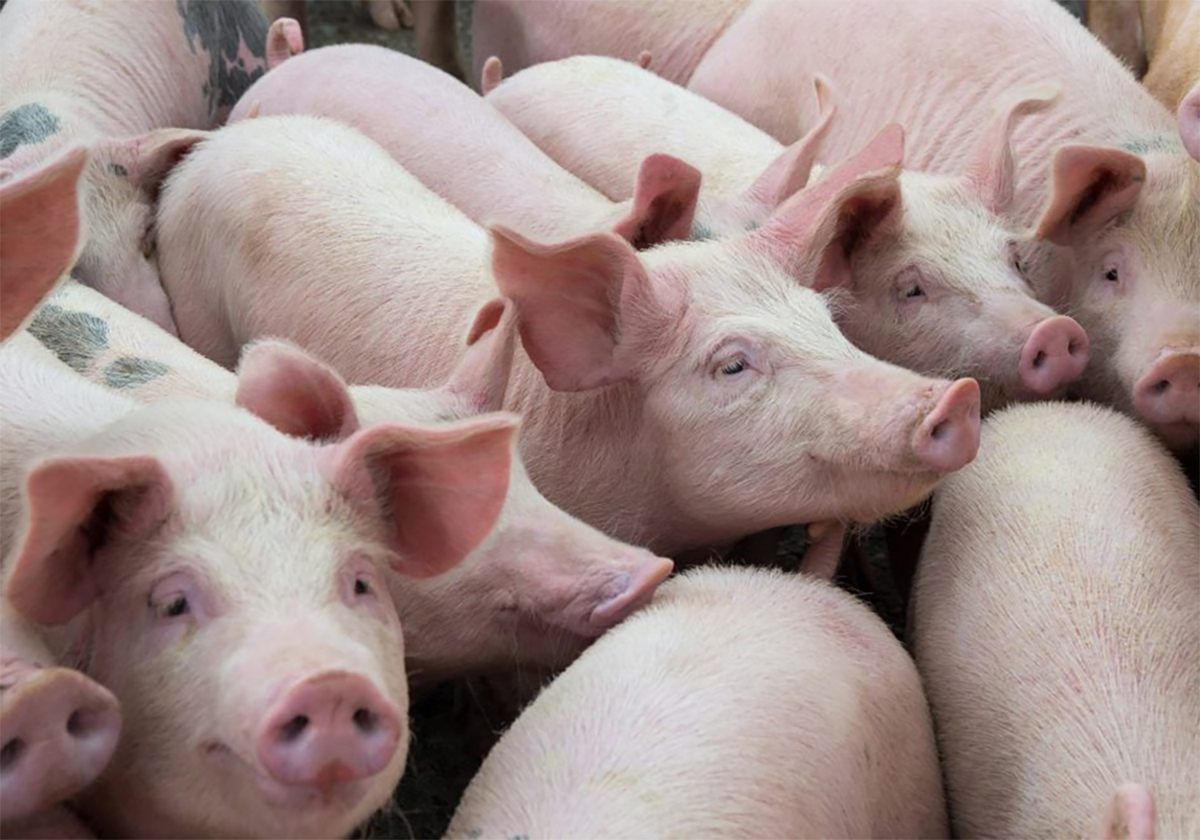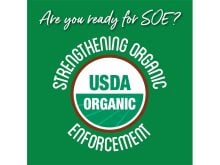The Canadian pork sector, like most of Canadian agriculture, is bracing for the fallout of the U.S.’s decision to go ahead with tariffs against Canadian goods. For the pork market, highly integrated with the U.S., it’s potentially devastating.
Beyond the short-term carnage, however, the industry is also worried about what happens after market chaos smooths out. In particular, it’s worried that any tariff-driven slow down might, in the long run, cause its limited labour pool to evaporate further.
“We’re looking at how do we protect the people that work in the pork industry, the skilled labour that we have working on farms, working in our processing plants sector,” said Cam Dahl, general manager of Manitoba Pork. “How do we protect those jobs, so that when we come into a recovery, when the tariffs are lifted, [those staff are] still there?”
Read Also

Canada’s slaughter horse industry lacks transparency
The lack of clear reporting and public access to data keeps the industry largely hidden, leaving questions about humane treatment and traceability unanswered.
Labour shortages have been a longstanding problem for agriculture in general, including the pork sector, gaps commonly filled through temporary foreign labour or other stop-gap measures.
WHY IT MATTERS
Canadian farmers, and the pork industry in general, worry that U.S. tariffs imposed by President Donald Trump will prove economically ruinous and are struggling to figure out how to navigate the new trade reality.
Tariffs of 25 per cent on Canadian and Mexican products, (except Canadian energy which is subject to a 10 per cent tariff) took effect on March 4 at 12:01 EST.
Dahl said the central question is how to protect producers and others related to the pork sector, but he could not share the details of discussions taking place with the Province of Manitoba or with Ottawa, or what potential relief efforts for producers might include.
“I don’t know the answer to that yet,” Dahl said, though he encouraged pork producers with other questions to contact Manitoba Pork.
On the labour side, Manitoba Pork is discussing the potential of using employment insurance as a tool to protect workers in the pork sector, according to Joey Dearborn, the group’s communications co-ordinator.
Manitoba government tariff response
Premier Wab Kinew announced on March 4 that businesses impacted by the tariffs will have the option to postpone payments on both the provincial sales tax and the payroll tax. This deferral will apply for a minimum of three months, beginning with the tax period for February.
“This is positive,” Dearborn wrote in an email to the Co-operator, adding that Manitoba Pork is looking into additional measures like those that were rolled out during the COVID-19 pandemic.
Longer-term challenges from the tariffs include finding alternative markets for Canadian pork and adjusting production levels to consider lower demand form the US.
“We are in discussion with all parts of the value chain on how to best respond,” Dearborn said, adding that increased investment could help diversify markets, such as an investment into the cost of compliance with European Union regulations.
Government financial programs in spotlight
Manitoba Pork will also lobby for improvements to business risk management programs like AgriStability and is advocating for farmers to have adequate access to capital through pre-existing avenues like Farm Credit Canada and the Advance Payments Program, and increasing interest-free limits as needed, Dearborn said.
The 2025 Advance Payments Program brought interest-free portions of the loan back to $100,000. Last year, the federal government also started the program with a $100,000 interest-free threshold, but boosted it back up to $250,000 following farmer and farm group outcry. The limit had been raised from $100,000 to $250,000 in 2022 and up again to $350,000 in 2023.
Farm groups last year argued that the financial pressures cited for the 2022 and 2023 rises in the interest-free threshold had not abated.
On a federal scale, the Canadian Pork Council is also taking an active role in discussions with the federal government to assess impacts from the US tariffs on the pork industry nationwide, said René Roy, the national council’s chair.
“For the past several weeks, we have been working to ensure that any necessary support measures are in place to help producers navigate these challenges,” Roy said in an emailed statement.
The council’s main priority now is to safeguard the competitiveness of Canadian pork producers and maintain stability across the sector.
“We continue to advocate for solutions that will mitigate financial train and protect market access for our producers,” Roy said.


















